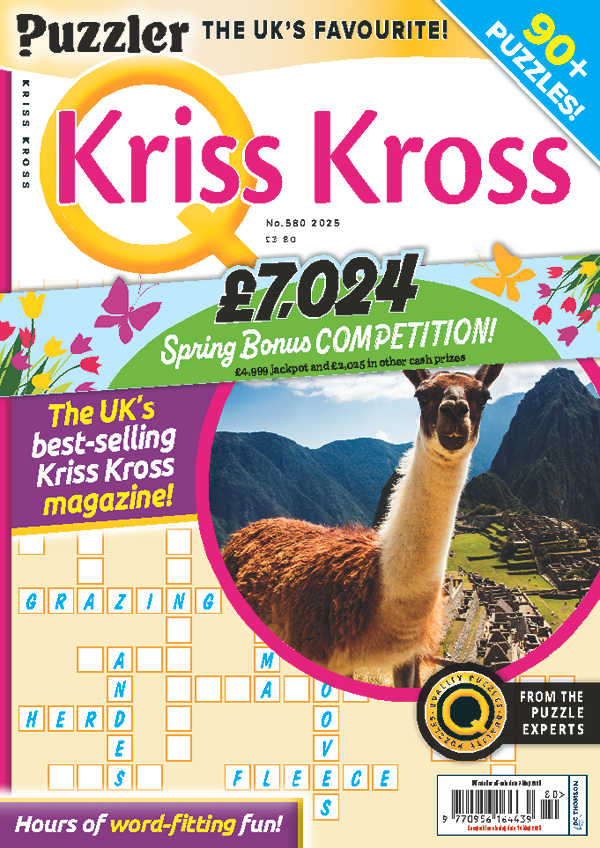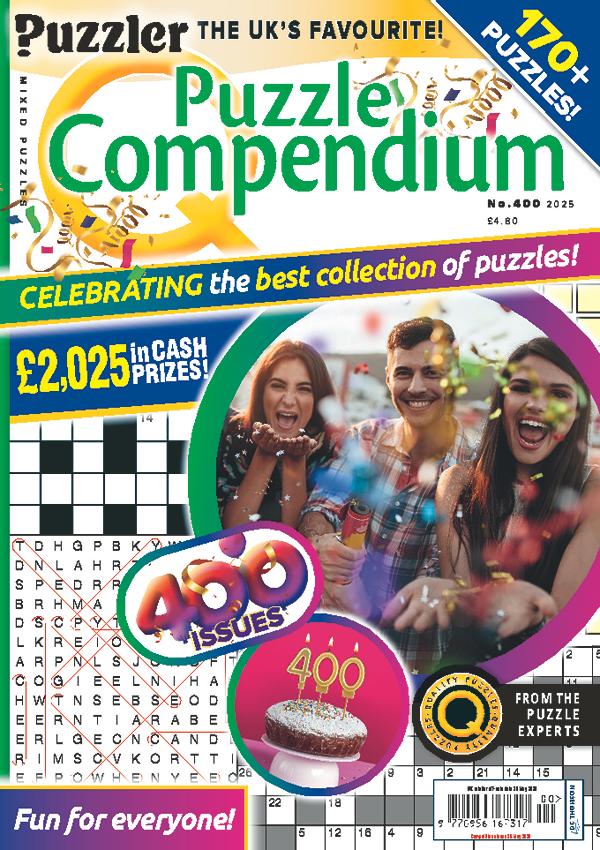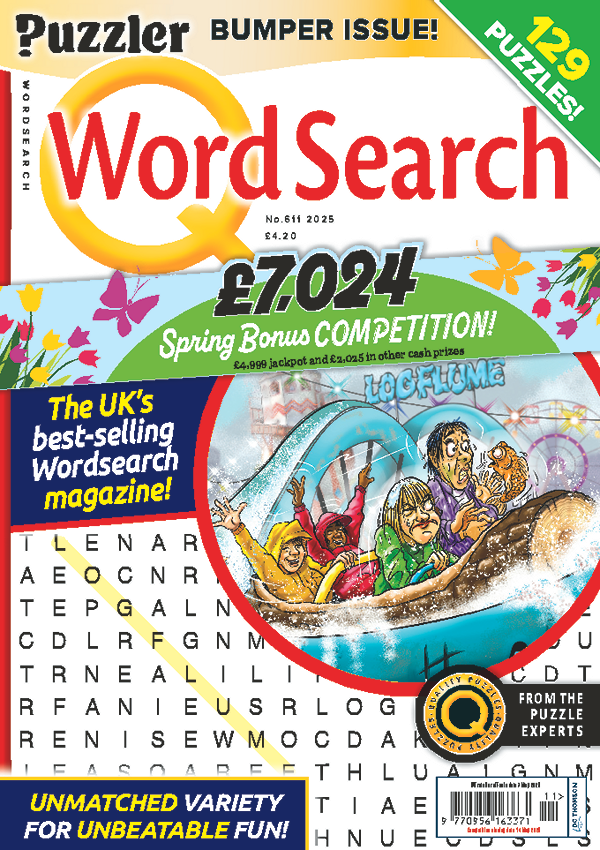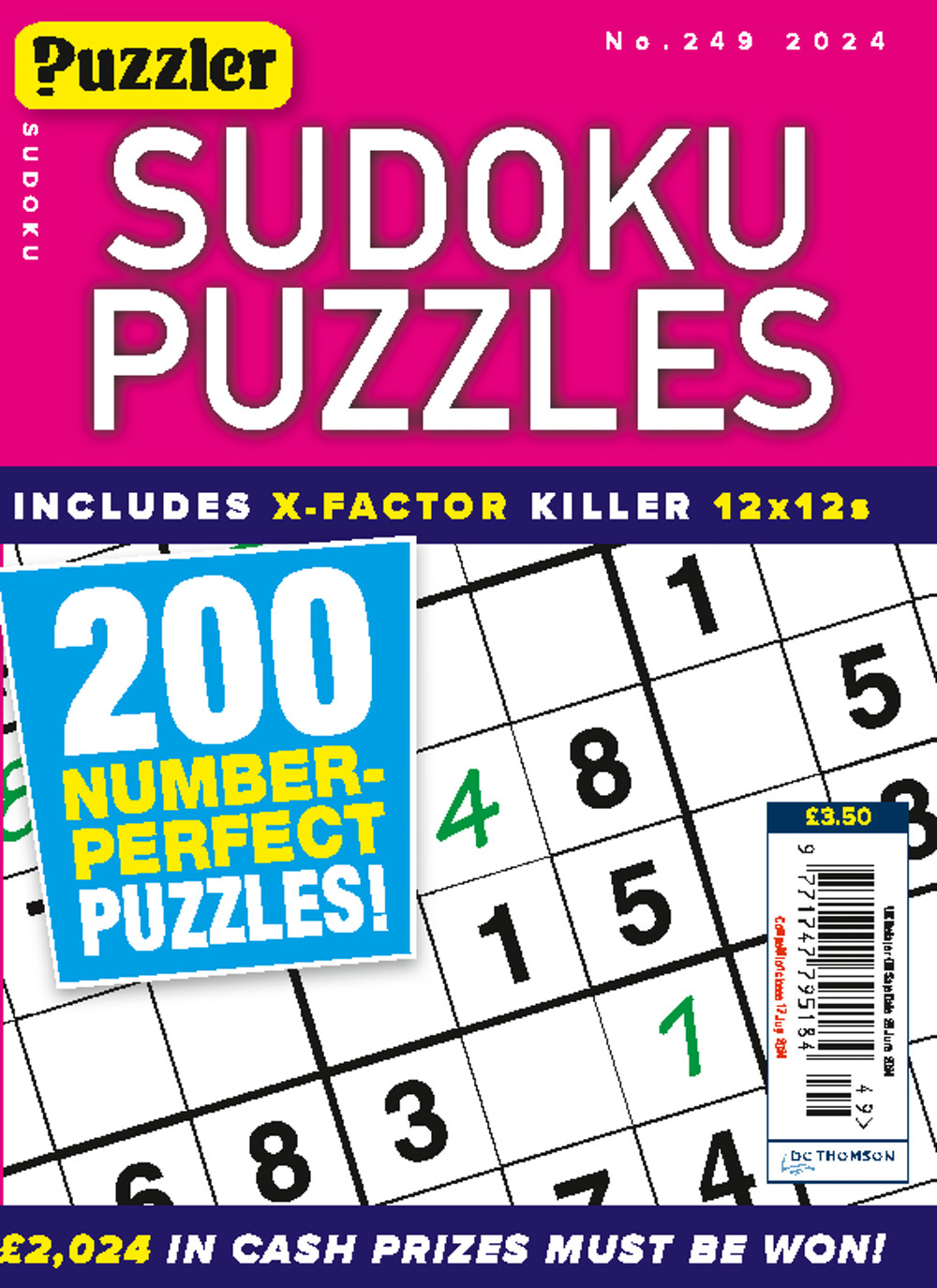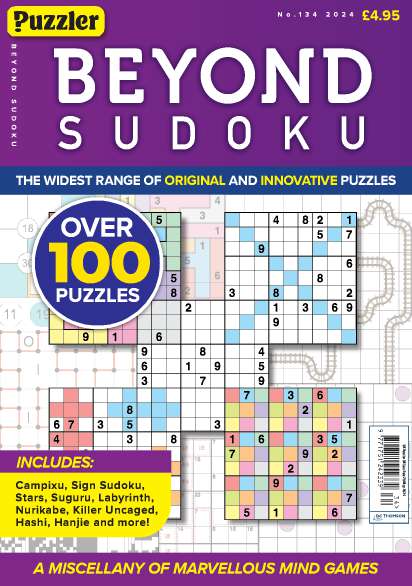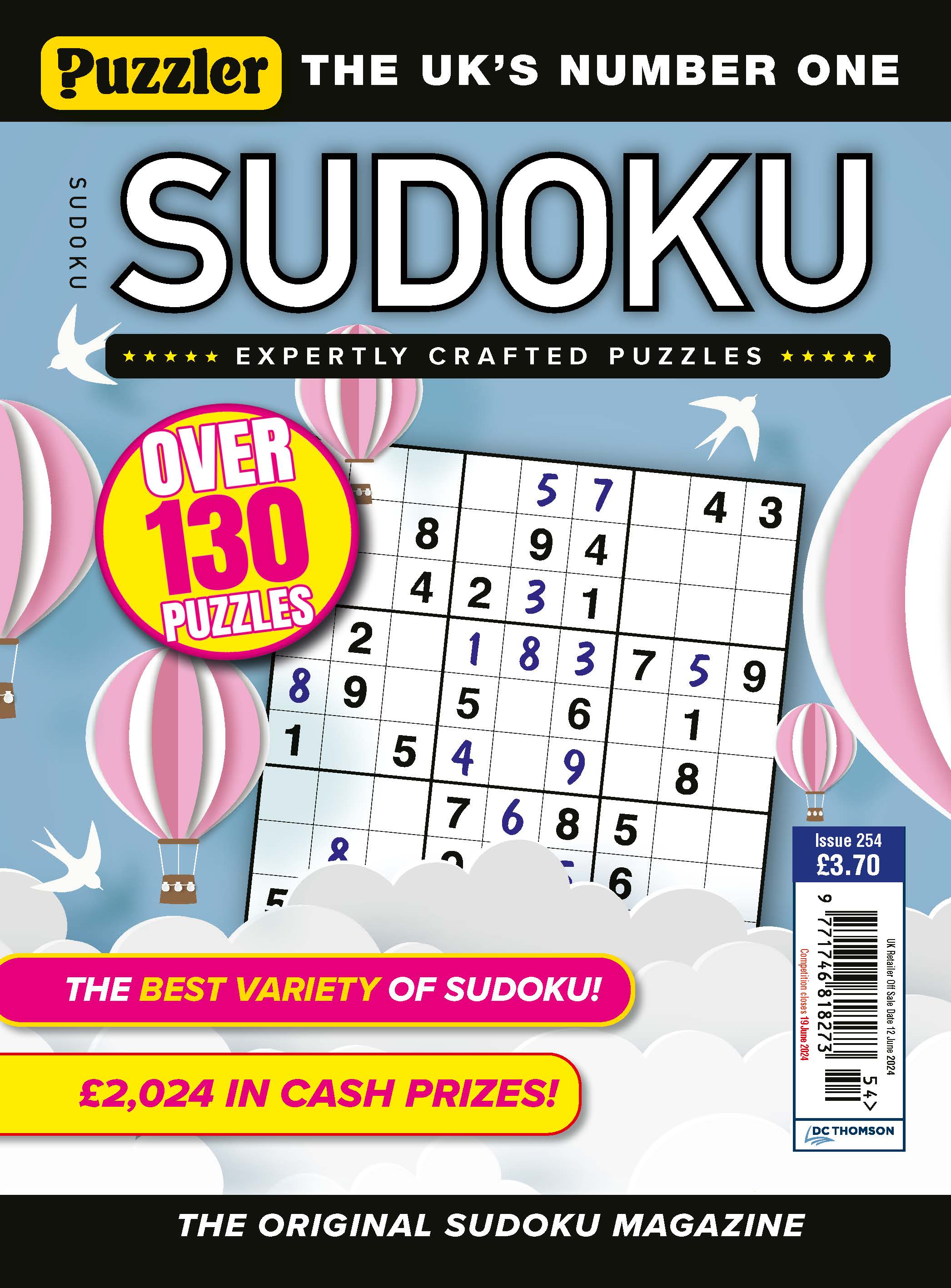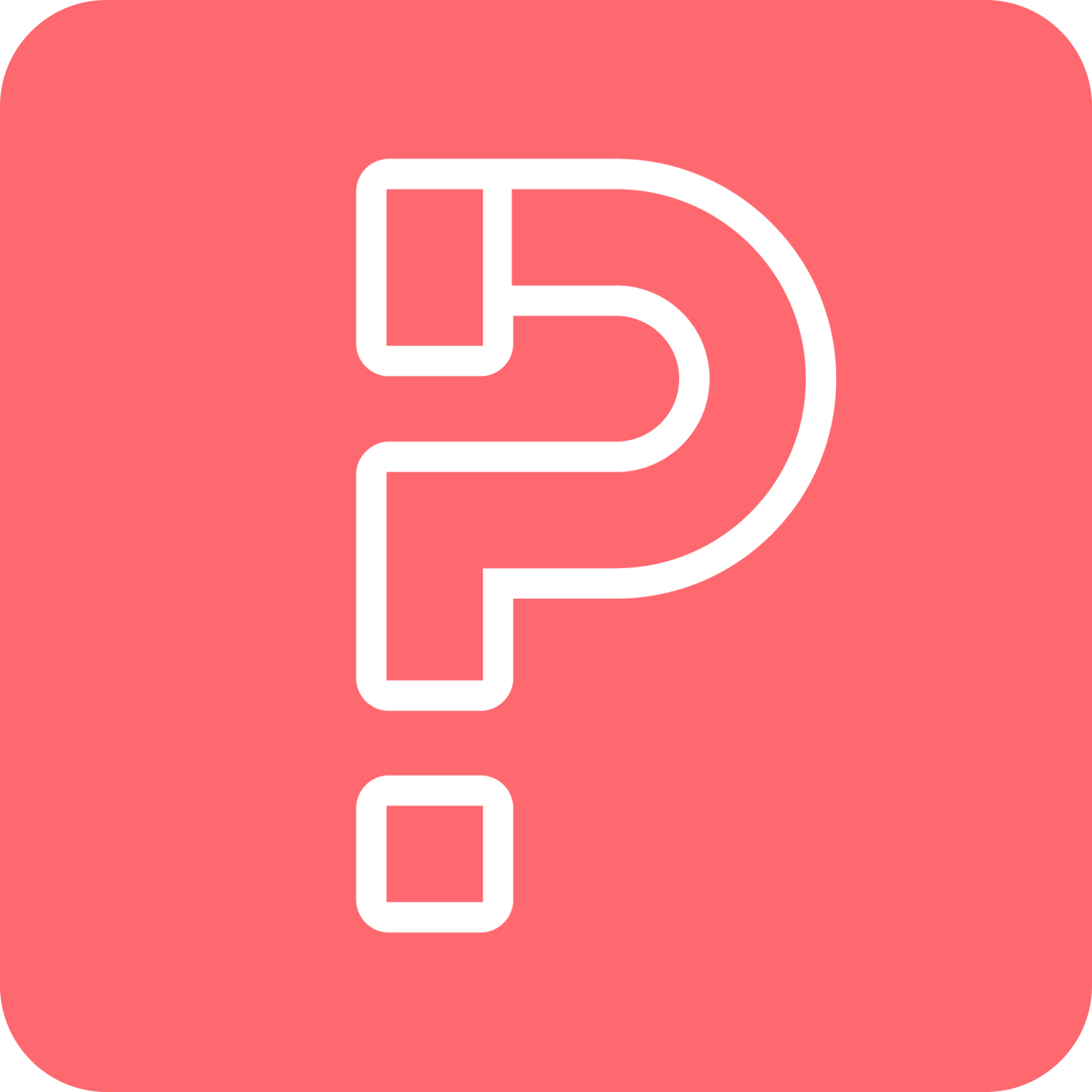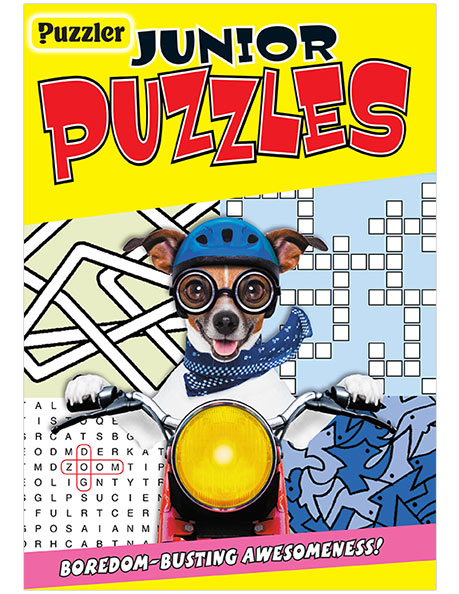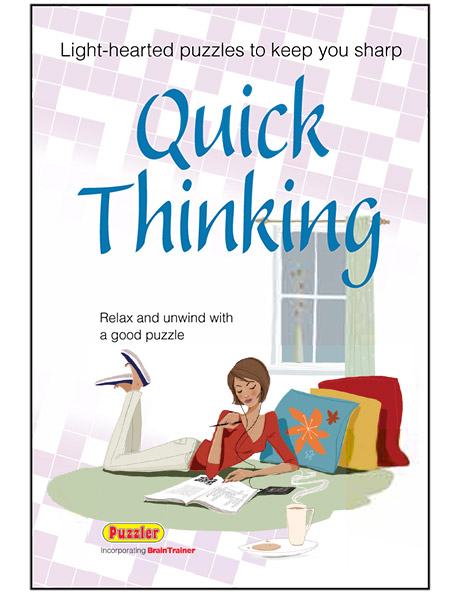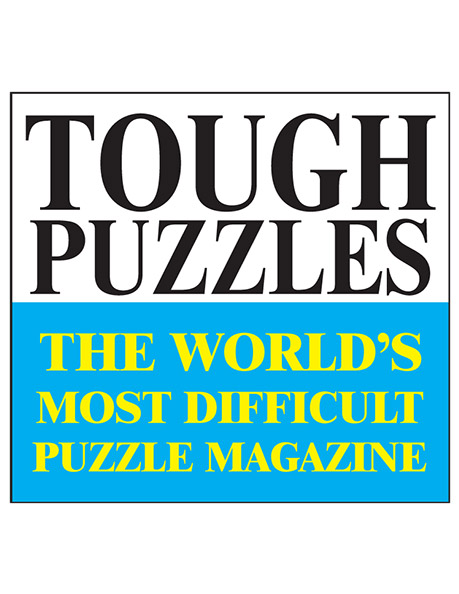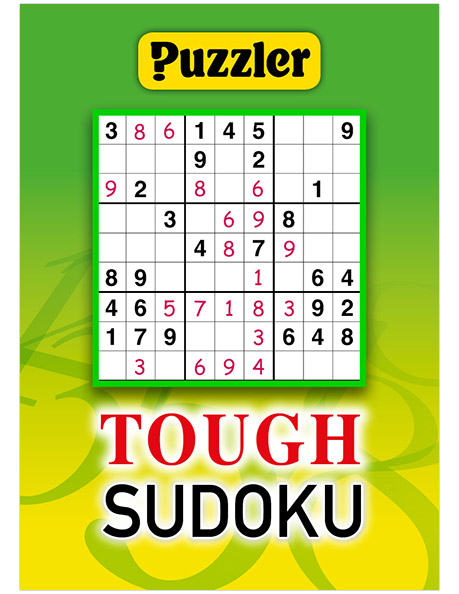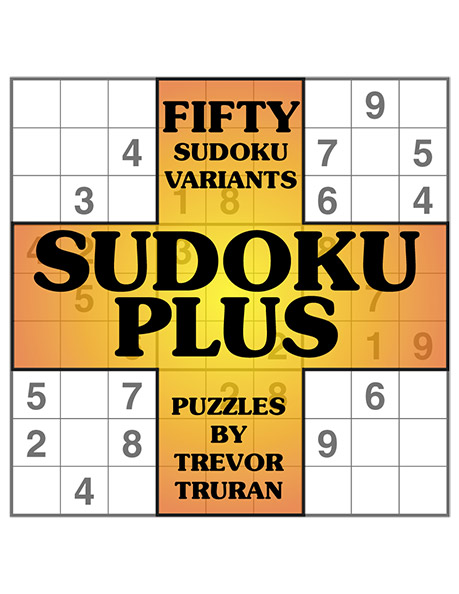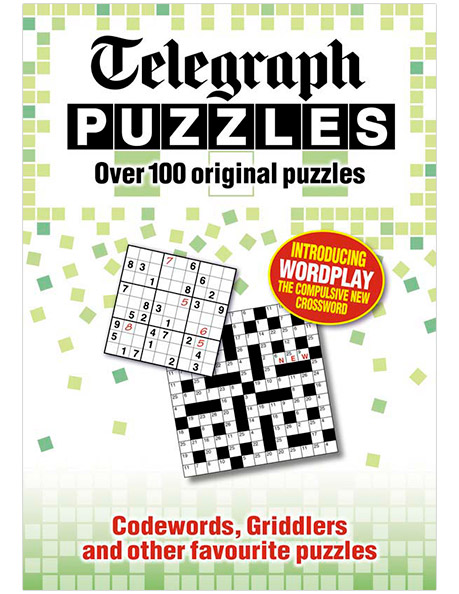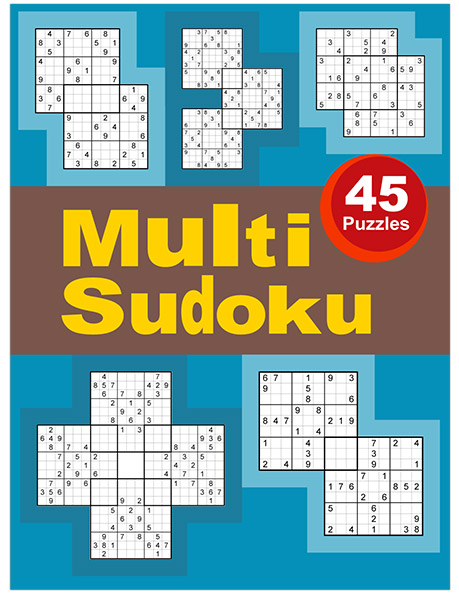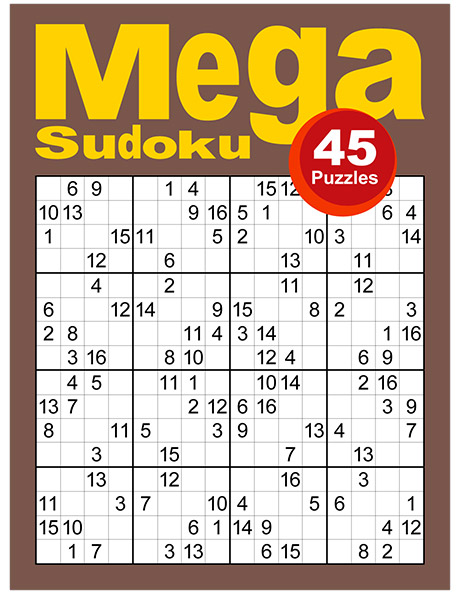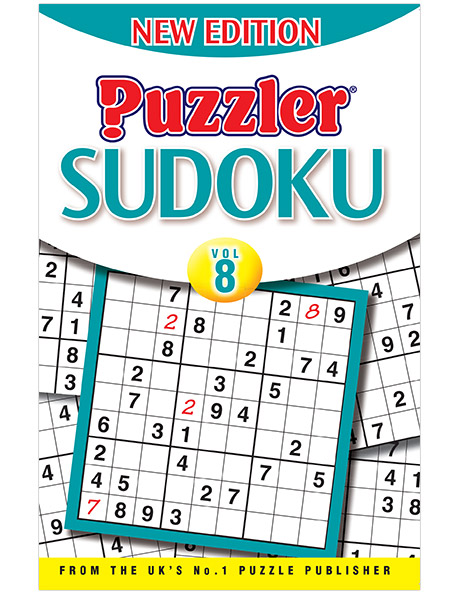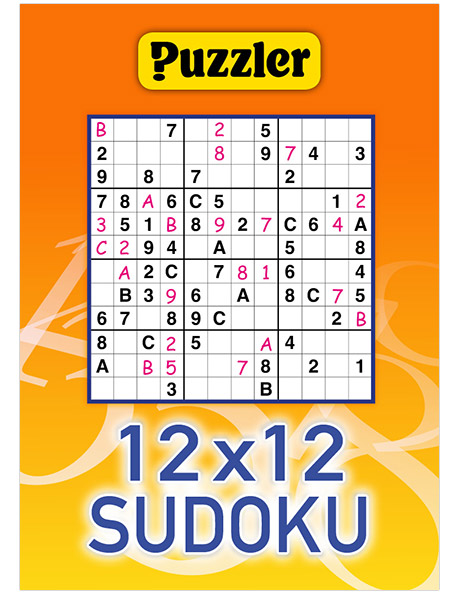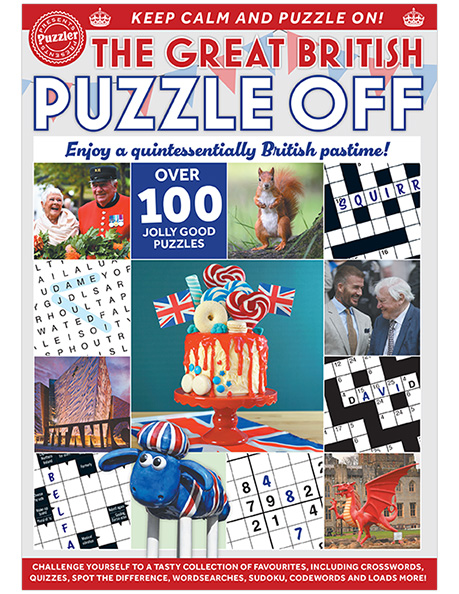Sudoku
Also Known As:
Su-Doku
Like Rubik's Cube, Sudoku appeared to be a craze: supermarket dump-bins piled high with books, shelves stacked with similar magazines, impromptu national contests, TV gameshows. There was even a giant Sudoku folly, chalked on a hillside close to the M4. As one newspaper put it:
"Not since Rubik's Cube invaded Britain in the Eighties has the country been so transfixed by a new style of puzzle. And while thousands of us opted for the screwdriver approach then, there's no easy way out this time."
Once the noise had petered out, Sudoku settled down to a life of ease and comfort, quite as if it was an everyday matter for a new puzzle to become an established part of the lives of millions of people across the world.
It wasn't always so easy for Sudoku. When US publisher Dell published a puzzle called Number Place in the 1970s, hardly anyone noticed; it was just another humdrum conundrum, destined for obscurity. Salvation came from a most unlikely source: the Far East.
In Japan, word-based puzzles were hampered by the complexities of a language that combined different scripts (kanji, hiragana, katakana, plus a dash of rõmaji). This provided an opportunity for puzzles deploying the Western-style Arabic numerals that were generally in use to represent numbers.
So, when a Japanese puzzle company (Nikoli) discovered Number Place, it knew that it was on to something. It tidied the look of the puzzle by arranging the given digits in a symmetrical pattern, then gave it a new name: Sudoku. Su stands for number. Doku is associated with singularity, bachelorhood: the puzzle is all about placing single numbers in a grid.
Nikoli's hand-made Sudoku puzzles first appeared in Japan, about 20 years ago. Puzzler Media met Nikoli at the World Puzzle Championship in Arnhem in 2003 and were introduced to Sudoku there. We published a few puzzles in our titles, but things didn't take off until a Japanese puzzle enthusiast called Wayne Gould (who, in his spare time, had devised a computer program to generate Sudoku) walked into 'The Times' offices in London, in the Autumn of 2005, to demonstrate the program.
In March 2006, Puzzler Media published the first UK Sudoku magazine, featuring the original Nikoli puzzles.
Instructions
Place a digit from 1-9 in each empty cell so that each row, each column and each 3x3 block contains all the digits from 1-9.
Related Puzzles
Border Sum Sudoku Chain Link Colour Killer Colour Sudoku Diagonal Killer Futoshiki Jokinjiro Kakuro Kenken Killer Sudoku Navigrid Nurikabe Take Five Tatami Tredoku X-Factor Irregular Killer Extra-Region Killer Odd/Even Sudoku Group Sum Sudoku Inequality Sudoku Extra-Region SudokuFeatured In
Related Products

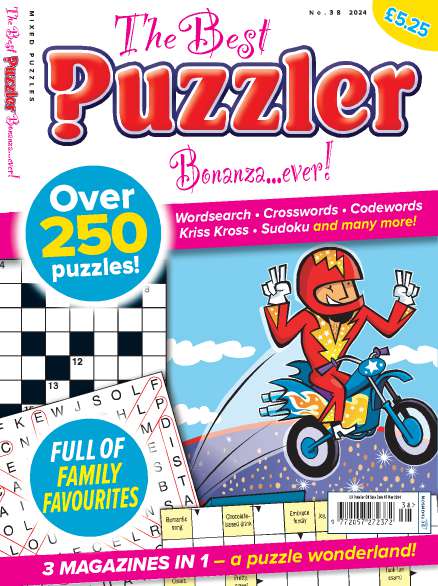



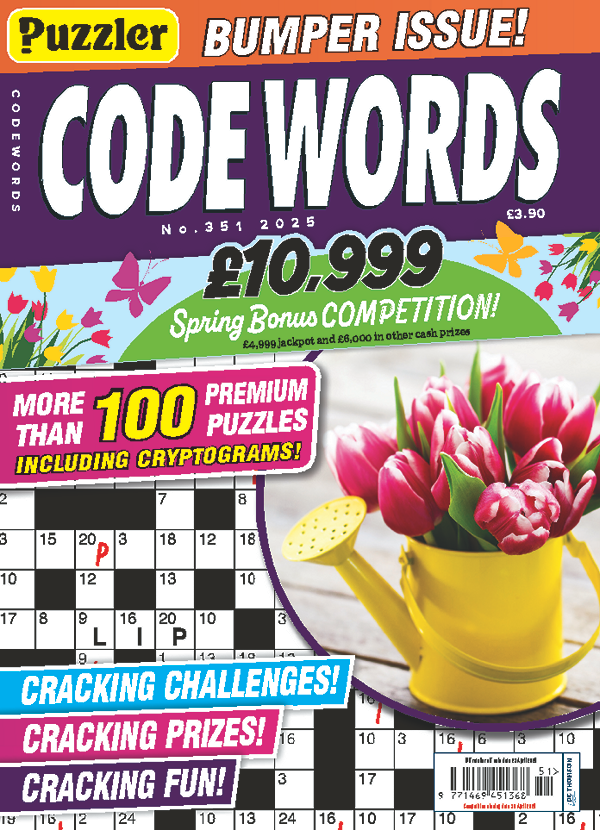
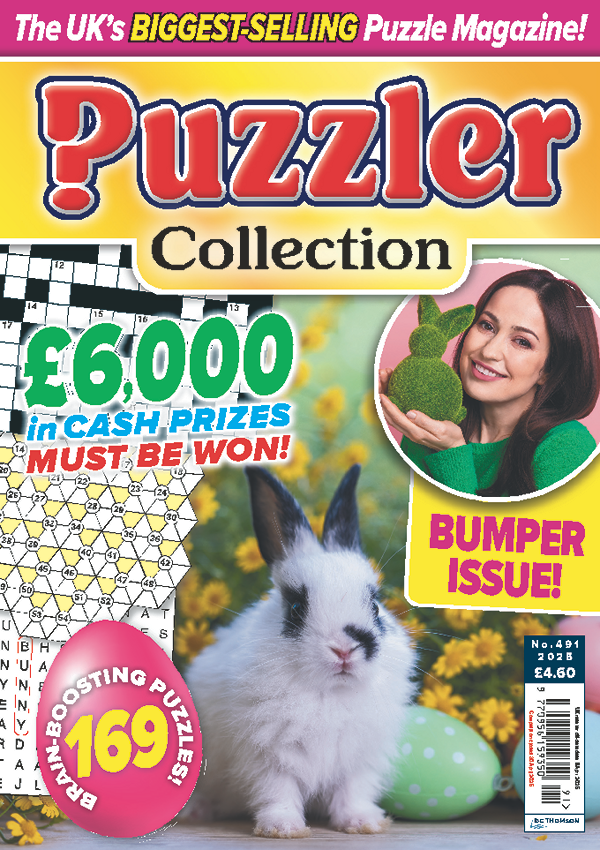
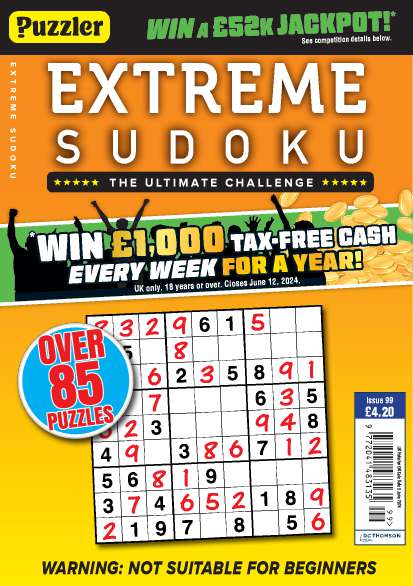


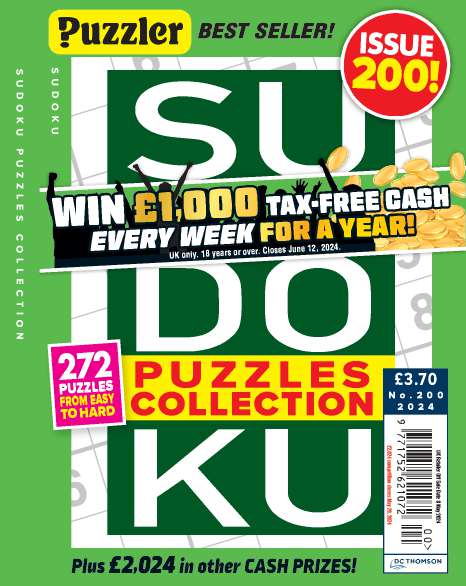
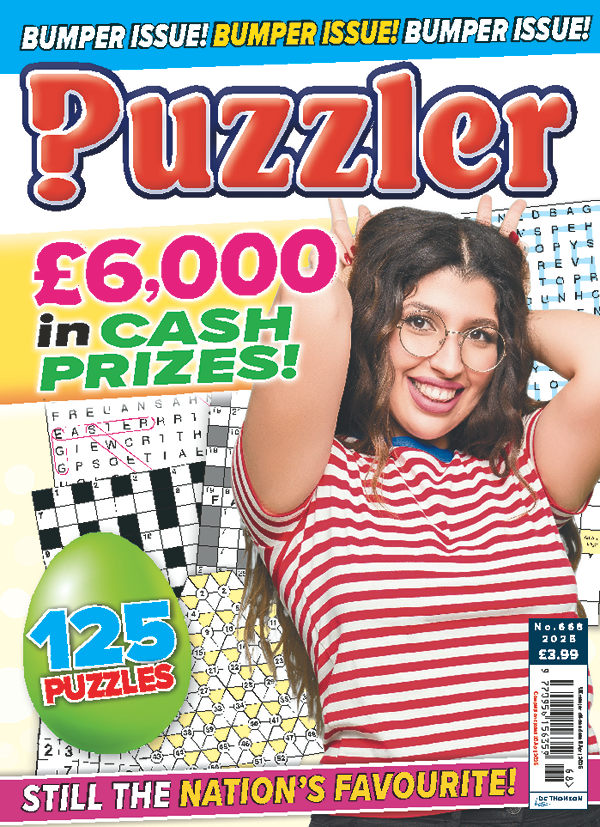
%20may%202024%20on/subs%20product%20pages/Puzzler-Wordsearch-Magazine-subscription-(aug).png)

